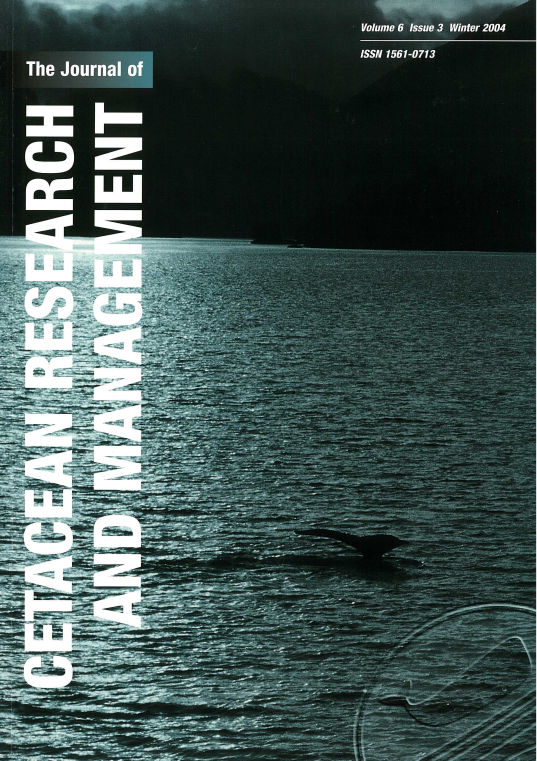A note on site fidelity of marine tucuxis (Sotalia fluviatilis) in Guanabara Bay, southeastern Brazil
Contenu principal de l'article
Résumé
Since 1995, photo-identification techniques have been used to study the marine tucuxis (Sotalia fluviatilis) found in Guanabara Bay (22°50’S, 43°10’W), southeastern Brazil. The bay is surrounded by a metropolitan complex and is the most degraded area of this species’ distribution. From May 1995 to June 2003, 47 photo-identification boat surveys were conducted in the bay. Sixty-nine individuals were identified and catalogued. The results indicate that individual tucuxis have high site fidelity in Guanabara Bay. On average, dolphins were seen for 4.5 consecutive years, with a range of 1 to 8 years. Additionally, calves have remained in the area beyond sexual maturity. Guanabara Bay provides food and breeding grounds for this dolphin population, despite its high degree of degradation. The fact that such a small dolphin population, composed of resident individuals, depends on such a degraded area may pose serious problems for its conservation.
Details de l'article

Ce travail est disponible sous licence Creative Commons Attribution - Pas d’Utilisation Commerciale 4.0 International.
You are free to:
- Share copy and redistribute the material in any medium or format
- Adapt remix, transform, and build upon the material
- The licensor cannot revoke these freedoms as long as you follow the license terms.
Under the following terms:
- Attribution You must give appropriate credit, provide a link to the license, and indicate if changes were made. You may do so in any reasonable manner, but not in any way that suggests the licensor endorses you or your use.
- NonCommercial You may not use the material for commercial purposes.
- No additional restrictions You may not apply legal terms or technological measures that legally restrict others from doing anything the license permits.

